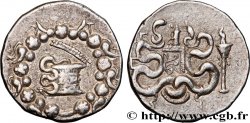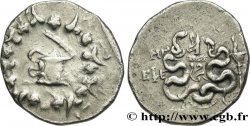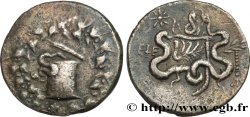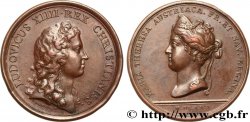Live auction - bgr_638383 - IONIA - EPHESUS Cistophore
You must signin and be an approved bidder to bid, LOGIN TO BID. Accounts are subject to approval and the approval process takes place within 48 hours. Do not wait until the day a sale closes to register. Clicking on "BID" constitutes acceptance of the terms of use of cgb.fr private live auctions.
Bids must be placed in whole Euro amounts only. The sale will start closing at the time stated on the item description; any bids received at the site after the closing time will not be executed. Transmission times may vary and bids could be rejected if you wait until the last second. For further information check the Live auction FAQ
All winning bids are subject to a 18% buyer’s fee.
All winning bids are subject to a 18% buyer’s fee.
| Estimate : | 400 € |
| Price : | 280 € |
| Maximum bid : | 280 € |
| End of the sale : | 26 January 2021 14:24:37 |
| bidders : | 3 bidders |
Type : Cistophore
Date: an 53
Mint name / Town : Éphèse, Ionie
Metal : silver
Diameter : 26 mm
Orientation dies : 1 h.
Weight : 12,61 g.
Rarity : R2
Coments on the condition:
Exemplaire centré. Joli revers avec une petite Artémis bien visible. Patine grise
Catalogue references :
Obverse
Obverse legend : ANÉPIGRAPHE.
Obverse description : Ciste mystique de laquelle s'échappe un serpent ; le tout dans une couronne dionysiaque.
Reverse
Reverse description : Arc et goryte orné d'un aplustre entre deux serpents ; dans le champ à droite, une torche allumée ; au dessus, Artémis avec son arc.
Reverse legend : EFE/ NG
Reverse translation : (d’Éphèse).
Commentary
Pour l’atelier d’Éphèse, nous avons des cistophores datés entre l’an 1 (134-133 avant J.-C.) et 67 (68-67 avant J.-C.).
For the Ephesus workshop, we have cistophores dated between the year 1 (134-133 BC) and 67 (68-67 BC)
For the Ephesus workshop, we have cistophores dated between the year 1 (134-133 BC) and 67 (68-67 BC)







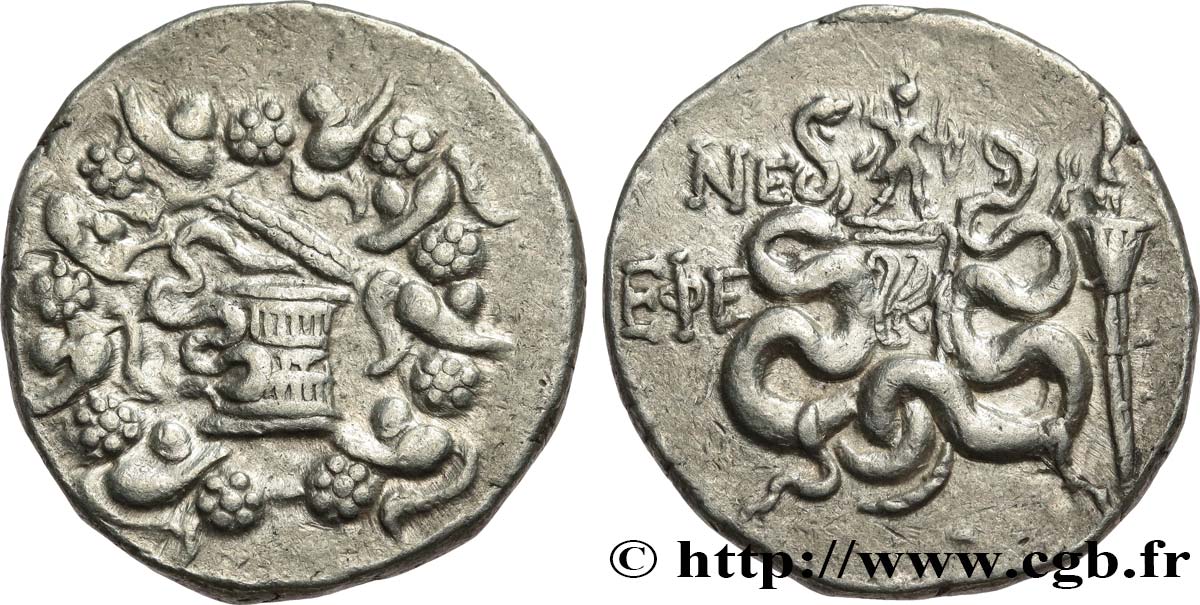
 Report a mistake
Report a mistake Print the page
Print the page Share my selection
Share my selection Ask a question
Ask a question Consign / sell
Consign / sell
 Full data
Full data